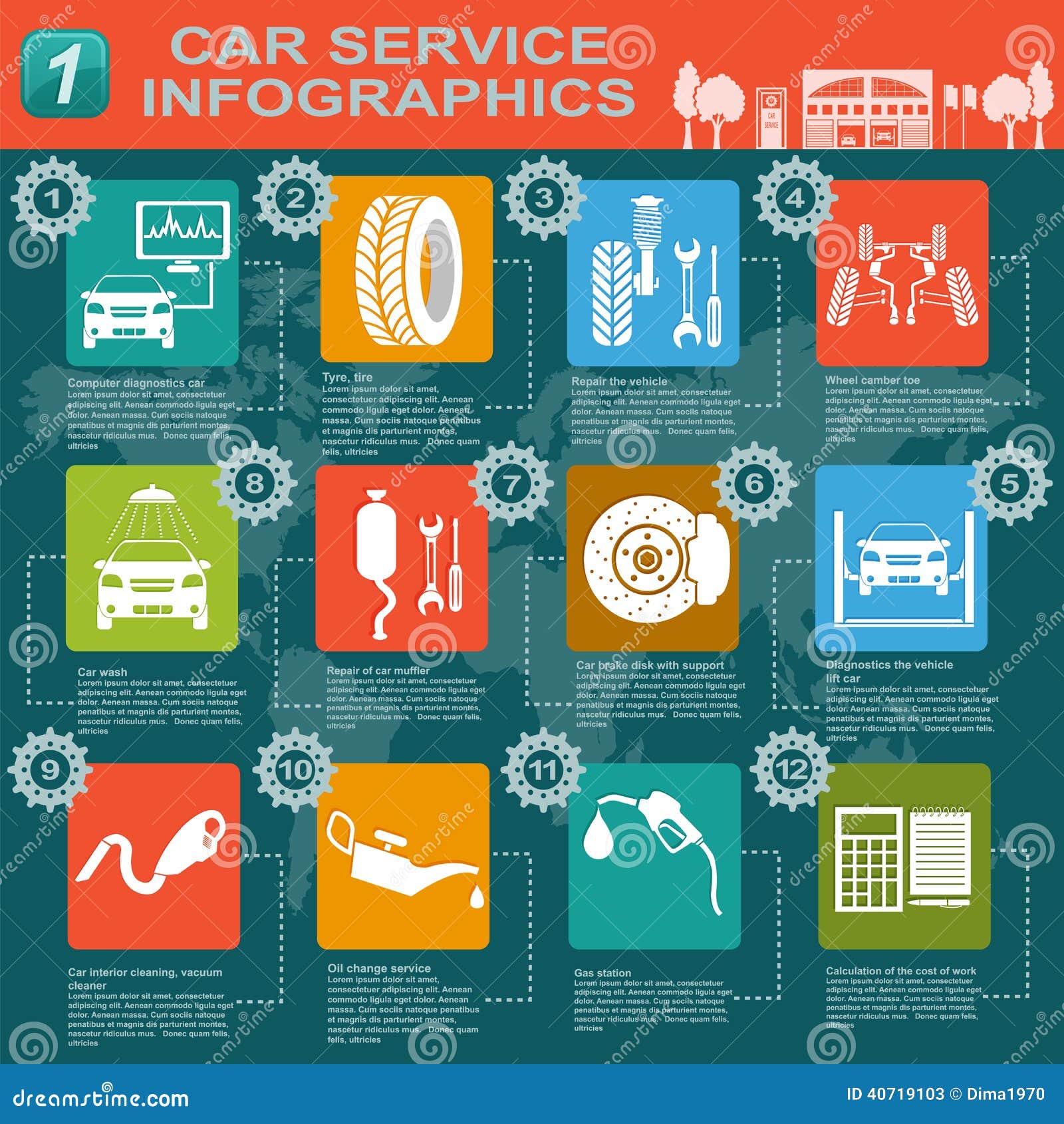Comprehending The Meaning Behind Your Car'S Warning Lighting: An In-Depth Look
Comprehending The Meaning Behind Your Car'S Warning Lighting: An In-Depth Look
Blog Article
Content Develop By-Vinson Corbett
When you're behind the wheel, those glowing caution lights on your control panel can be a little bit difficult. Do you recognize what they're trying to tell you concerning your cars and truck's wellness? Recognizing the significance of these lights is important for your safety and security and the long life of your automobile. So, the next time one of those lights pops up, wouldn't you want to analyze its message precisely and take the necessary steps to resolve it?
Common Caution Lighting and Interpretations
Identify common warning lights in your vehicle and understand their definitions to make certain safe driving.
One of the most common caution lights include the check engine light, which signifies problems with the engine or discharges system. If this light begins, it's important to have your automobile examined immediately.
The oil stress advising light indicates low oil pressure, requiring instant attention to stop engine damages.
A flashing battery light could suggest a defective billing system, potentially leaving you stranded if not dealt with.
The tire stress surveillance system (TPMS) light alerts you to low tire pressure, influencing lorry security and gas performance. Overlooking this might bring about risky driving problems.
The abdominal muscle light shows a trouble with the anti-lock stopping system, endangering your capability to stop swiftly in emergencies.
Last but not least, the coolant temperature cautioning light warns of engine getting too hot, which can cause extreme damage otherwise resolved promptly.
Comprehending these typical warning lights will aid you resolve issues immediately and keep risk-free driving problems.
Value of Prompt Attention
Understanding the common warning lights in your vehicle is only the very first step; the value of without delay dealing with these cautions can't be stressed enough to ensure your safety when driving.
When a warning light illuminates on your control panel, it's your vehicle's way of interacting a prospective problem that requires attention. Neglecting car wash products nz can result in much more severe problems down the road, jeopardizing your safety and security and possibly costing you more out of commission.
Trigger interest to cautioning lights can stop failures and crashes. For instance, a blinking check engine light might indicate a misfire that, if left ignored, can create damage to the catalytic converter. Resolving this quickly can save you from a costly repair work.
Similarly, a brake system advising light could signify reduced brake fluid or used brake pads, critical components for your safety when driving.
DIY Troubleshooting Tips
If you see a warning light on your control panel, there are a few DIY troubleshooting ideas you can attempt prior to seeking professional assistance.
The initial step is to consult your auto's guidebook to understand what the details warning light suggests. Sometimes the issue can be as simple as a loose gas cap activating the check engine light. Tightening the gas cap might resolve the problem.
An additional typical issue is a reduced battery, which can trigger various alerting lights. Checking the battery links for deterioration and guaranteeing they're protected may fix the issue.
If a caution light lingers, you can try resetting it by disconnecting the car's battery for a couple of mins and afterwards reconnecting it. Furthermore, checking commercial vehicle detailing , such as oil, coolant, and brake liquid, can help fix warning lights related to these systems.
Conclusion
In conclusion, comprehending your automobile's caution lights is crucial for keeping your automobile running efficiently and safely. By without delay addressing these alerts and recognizing what they mean, you can stay clear of expensive fixings and possible failures.
Remember to consult your car's handbook for particular information on each warning light and act as necessary to make certain a hassle-free driving experience.
Keep informed, remain risk-free on the road!
